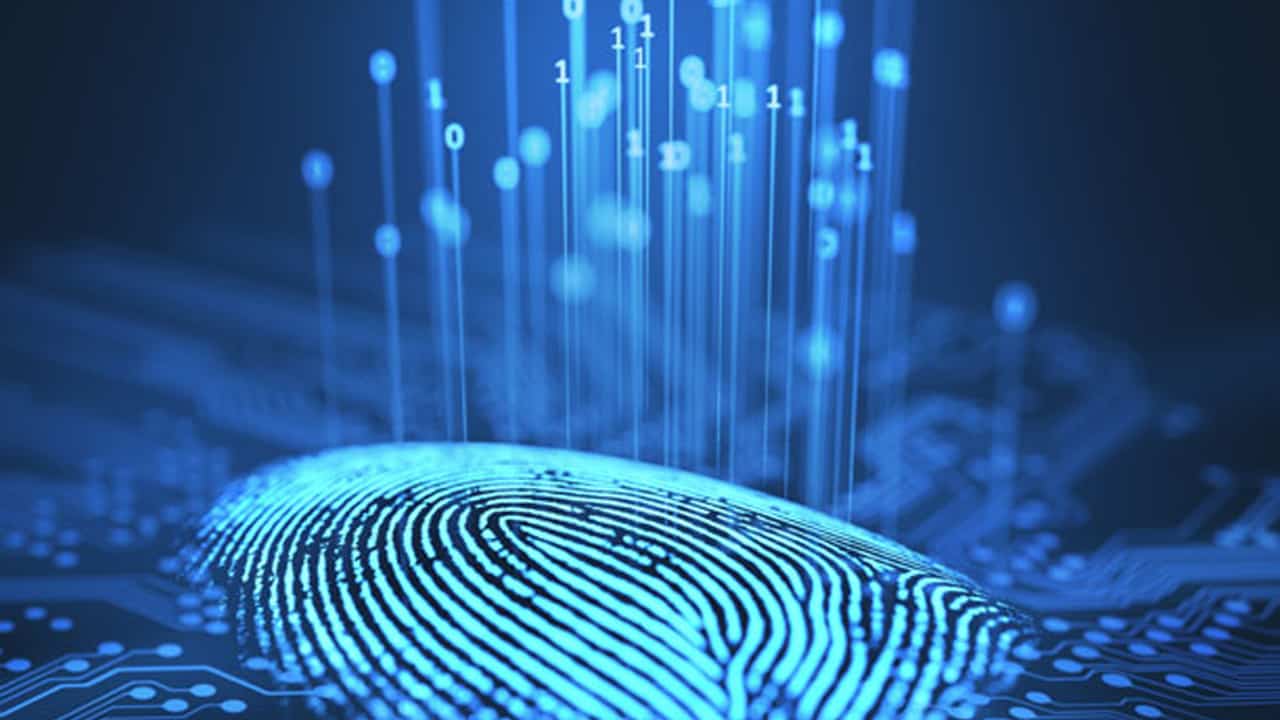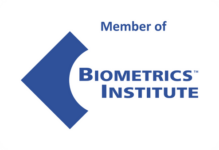- Biometrics are unique physical or behavioral characteristics that can be used to identify an individual, and can be used for authentication or identification.
- One challenge with biometrics is that they can be faked, so many biometric systems use liveness detection to counter this. The use of biometrics is becoming more common.
- BixeLab is a qualified and accredited biometric testing laboratory that provides compliance testing services to ensure that technology is reliable and robust.

As the world becomes more reliant on technology, the need for accurate and secure biometrics becomes more important.
Biometrics are unique physical or behavioral characteristics that can be used to identify an individual. Some examples of biometrics include fingerprints, iris patterns, and facial features. Biometrics can be used for authentication, which is the process of verifying that someone is who they say they are. Authentication is important for many reasons, including protecting sensitive information and preventing fraud. In the past, authentication was typically based on something that the user knew, like a password, or something that the user had, like a key. However, these methods are not foolproof. Passwords can be guessed or stolen, and keys can be lost or duplicated.
Biometrics offer a more secure form of authentication because they are based on something that the user is. That is, biometrics are unique to each individual and cannot be easily guessed or stolen like a password.
One challenge with biometrics is that they can be faked. For example, a person’s fingerprint can be lifted from a surface and used to create a fake fingerprint that can be used to unlock a device. To counter this, many biometric systems use what is known as liveness detection. Liveness detection is a process of verifying that the biometric sample being used is from a live person and not a fake. There are many different ways to perform liveness detection, but one common method is to use a camera to capture a live image of the person’s face. The live image is then compared to the facial biometric template on file. If the two images match, the person is authenticated. Another common method of liveness detection is to use a sensor to capture a 3D image of the person’s face. The 3D image is then compared to the facial biometric template on file. If the two images match, the person is authenticated. yet another method is to have the person perform a specific action, like blinking or smiling. The live image is then compared to the facial biometric template on file. If the two images match, the person is authenticated. There are many other methods of liveness detection, but these are some of the most common.
The use of biometrics is not limited to authentication. Biometrics can also be used for identification, which is the process of determining who someone is. One common use of biometrics for identification is in law enforcement. When someone is arrested, their fingerprints and mugshot are typically taken. These biometric samples are then entered into a database and can be used to identify the person if they are arrested again in the future. Another common use of biometrics for identification is at border crossings. When someone enters a country, their biometric information, such as their fingerprints and iris patterns, are typically captured. This biometric information is then entered into a database and can be used to identify the person if they try to enter the country again in the future.
There are many other uses of biometrics, but these are some of the most common. The use of biometrics is becoming more common as the world becomes more reliant on technology. As such, it is important to ensure that biometric systems are accurate and secure. One way to ensure the accuracy of biometric systems is to use what is known as cross-validation. Cross-validation is a process of testing the accuracy of a biometric system using a different dataset than the one used to train the system. This is important because it ensures that the biometric system is not overfitting, which is when a system memorizes the training data and does not generalize well to new data.
Another way to ensure the accuracy of biometric systems is to use what is known as a performance metric. A performance metric is a measure of how well a biometric system performs. There are many different performance metrics, but one of the most common is the false accept rate (FAR). The FAR is the percentage of times that the biometric system incorrectly authenticates a user. A low FAR is desirable because it means that the biometric system is not letting unauthorized users access the system. The FAR can be reduced by increasing the security of the biometric system, such as using liveness detection. Another common performance metric is the false reject rate (FRR). The FRR is the percentage of times that the biometric system incorrectly rejects a user. A low FRR is desirable because it means that the biometric system is not rejecting authorized users. The FRR can be reduced by increasing the security of the biometric system, such as using liveness detection.
BixeLab is qualified and accredited biometric testing laboratory providing compliance testing services for biometric solutions seeking assurance that their technology is reliable and robust against the emerging threat vectors in the sector.








